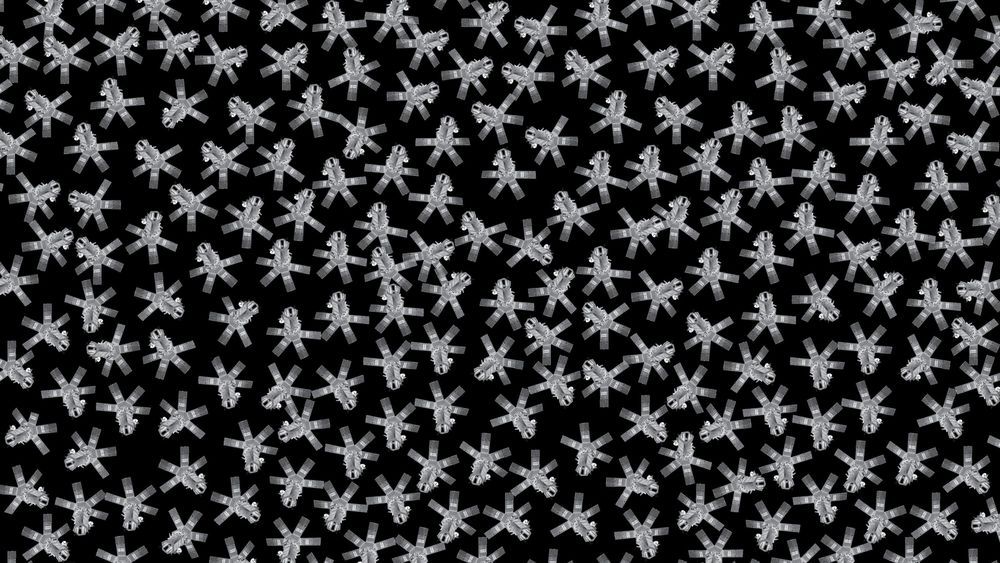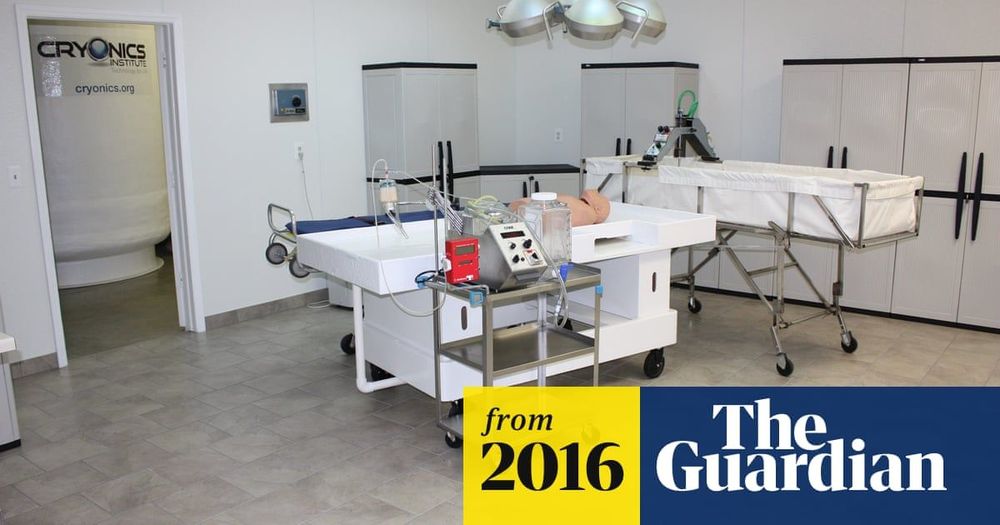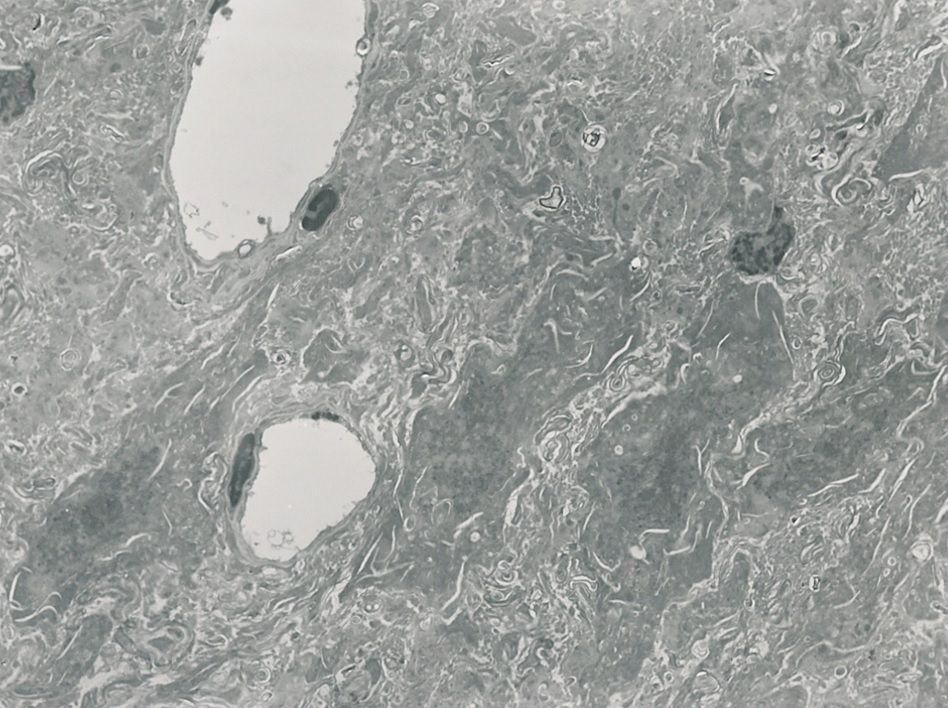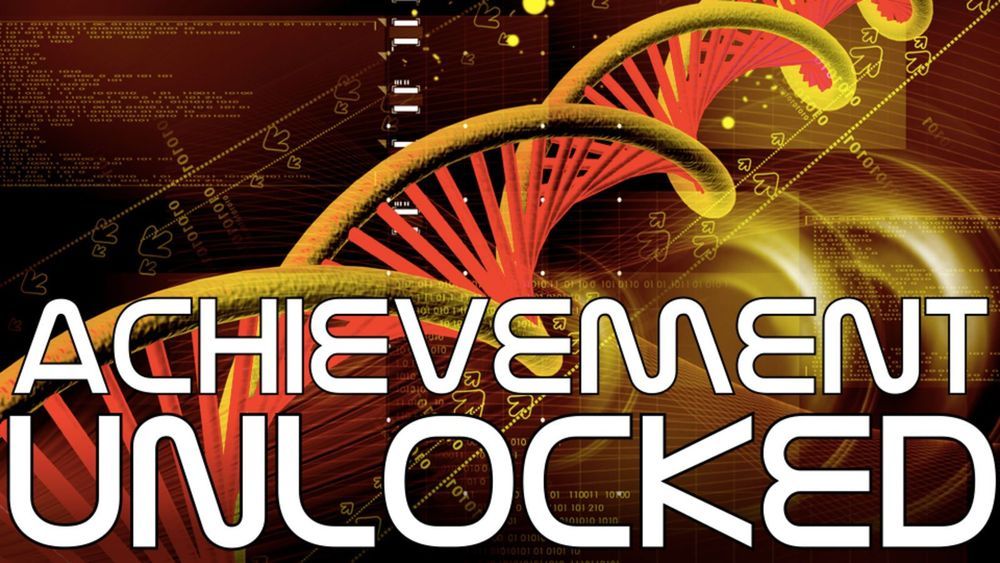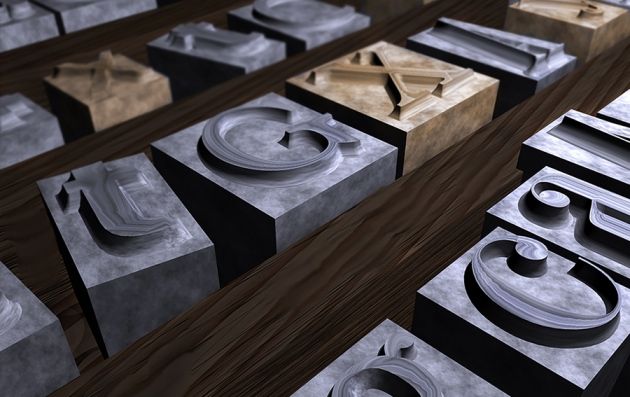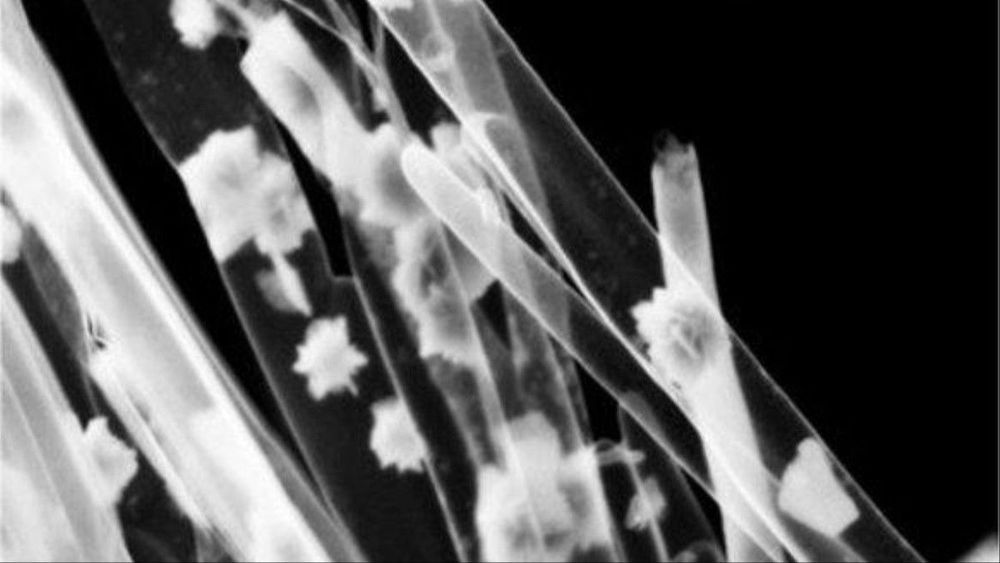Page 7616
Jul 2, 2019
The Rejuvenation Market in Singapore
Posted by Steve Hill in categories: biotech/medical, economics, finance, government, life extension
With its growing aging population, Singapore has a looming crisis, but could also be primed to become a major player in the rejuvenation biotechnology industry.
Singapore has one of the fastest-aging populations in the world. Senior citizens 65 years old or older are expected to make up almost half of Singapore’s population by 2050. Unfortunately, this swelling population is spending more time living with sickness, even though they live longer. While average lifespans have been extended, healthspans have not. [1] Singaporeans have an impressive average life expectancy of 84.8 years, but an average Singaporean born in 2017 is predicted to spend the last ten and a half years in sickness, compared to how a Singaporean born in 1999 is likely to spend only nine twilight years in deteriorating health.
This is becoming a massive concern for the Singaporean government because of the financial strain that this is imposing on Singapore’s budget. Having the world’s second-lowest birth rate coupled with a rapidly aging population means that the ratio of working adults to senior citizens is quickly shrinking. In 2007, there were 6.9 working adults for every senior citizen. By 2030, there will be 2.3 working adults per senior citizen.
Jul 2, 2019
The cryonics dilemma: will deep-frozen bodies be fit for new life?
Posted by Paul Battista in categories: cryonics, life extension, neuroscience
350 corpses stored in liquid nitrogen await immortality. But detractors say the brain’s complexity is a major stumbling block.
Jul 2, 2019
21CM Cryopreservation Eval Page Foundation
Posted by Paul Battista in categories: biotech/medical, cryonics, life extension, neuroscience
21st Century Medicine (21CM) is a cryobiology research company whose core mission is to develop a cryopreservation protocol sufficiently benign that whole, donated human organs could be vitrified (stored below −130 degrees Celsius without ice formation) and rewarmed when needed for transplantation –an incredibly ambitious goal that has so far eluded medical researchers. 21CM’s scientists are the original pioneers of whole organ vitrification and have been diligently working on the technique for decades. A significant milestone of their progress toward that goal is their demonstration work on rabbit kidneys. Two of their most relevant publications are “Cryopreservation of organs by vitrification: perspectives and recent advances” (Fahy, Wowk, Wu, Phan, Rasch, Chang & Zendejas 2004) and “Physical and biological aspects of renal vitrification” (Fahy, Wowk, Pagotan, Chang, Phan, Thomson & Phan 2009). These papers are a fantastic resource for anyone interested in just how difficult it is to cryopreserve large organs (and by extension whole animals) for long-term storage with the intent on later recovery of biological function. In short, it is incredibly difficult but progress is slowly being made.
The state-of-the-art whole organ vitrification techniques developed by 21CM are the basis of the human cryopreservation protocols used by some cryonics companies (e.g. Alcor). This is made clear in Alcor’s 2004 publication in the New York Academy of Sciences “The Arrest of Biological Time as a Bridge to Engineered Negligible Senescence” (Lemler, Harris, Platt & Huffman 2004).
Continue reading “21CM Cryopreservation Eval Page Foundation” »
Jul 2, 2019
A genetic “cheat code” that activates dormant DNA
Posted by Quinn Sena in categories: biotech/medical, genetics
Circa 2011
Scientists have found a gene that can ‘lock’ and ‘unlock’ certain sections of your genetic code, allowing other genes to be expressed in your body. If you are under enough stress, this gene springs into action.
So you think you have access to all your DNA just by being born? Think again. You have to earn it, people. You have to work to get there. You have to suffer. Epigeneticists have proved this to be so, but they also might have a cheat code.
Jul 2, 2019
First life with ‘alien’ DNA
Posted by Quinn Sena in categories: bioengineering, biotech/medical, genetics
Circa 2014
An engineered bacterium is able to copy DNA that contains unnatural genetic letters.
Jul 2, 2019
MIT’s Nano-Magnets Can Clean Up Oil Spills
Posted by Quinn Sena in categories: government, nanotechnology, robotics/AI, sustainability
Oil spill cleanup technology is a surprisingly innovative field—we learned as much in the wake of the BP Gulf disaster, when everyone from conservation biologists to barbers to Kevin Costner rushed to sell the government on their wild, sometimes literally hairy oil-sucking solutions. We had rubber goop that turned oil solid, massive bags of hair, and MIT’s previous entry into the cleanup fray, robotic oil-eating submarines.
But now the renowned science lab has a better idea: nano-magnets.
MIT researchers have developed a new technique for magnetically separating oil and water that could be used to clean up oil spills. They believe that, with their technique, the oil could be recovered for use, offsetting much of the cost of cleanup.
Jul 2, 2019
Diamond tech destroys ‘forever chemicals’ in water
Posted by Quinn Sena in category: futurism

Even trace amounts of PFAS chemicals are dangerous, but a new method shows promise for cleaning up water contaminated with these substances.
Jul 2, 2019
How to support open-source software and stay sane
Posted by Derick Lee in category: biotech/medical
It’s a familiar problem: open-source software is widely acknowledged as crucially important in science, yet it is funded non-sustainably. Support work is often handled ad hoc by overworked graduate students and postdocs, and can lead to burnout. “It’s sort of the difference between having insurance and having a GoFundMe when their grandma goes to the hospital,” says Anne Carpenter, a computational biologist at the Broad Institute of Harvard and MIT in Cambridge, Massachusetts, whose lab developed the image-analysis tool CellProfiler. “It’s just not a nice way to live.”
Releasing lab-built open-source software often involves a mountain of unforeseen work for the developers.
